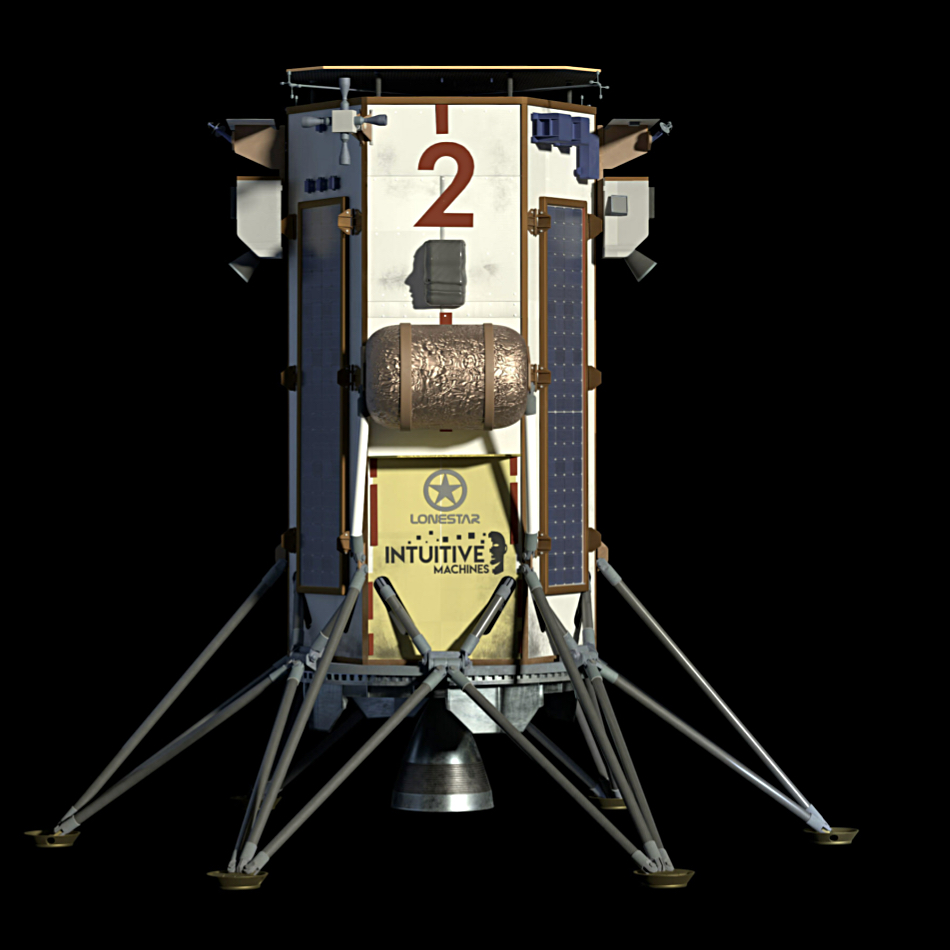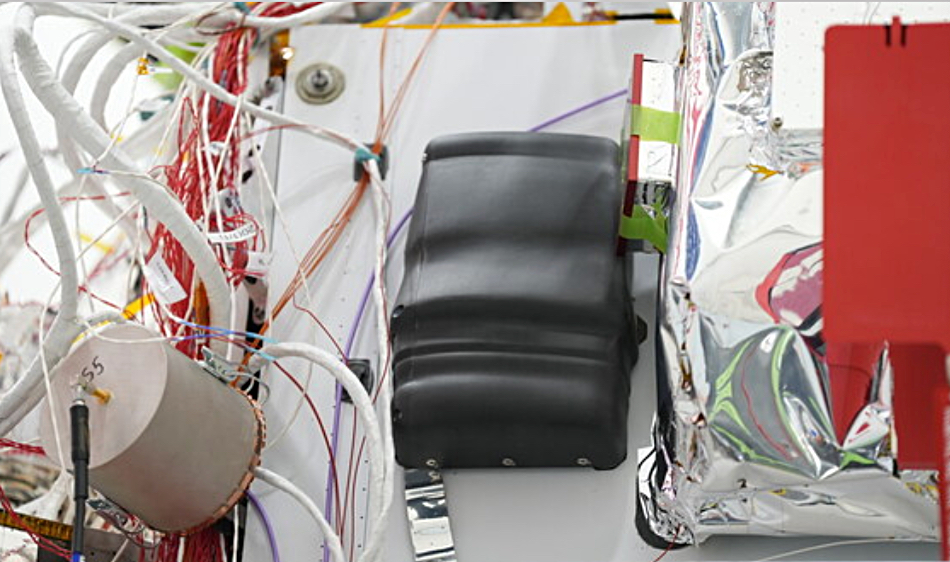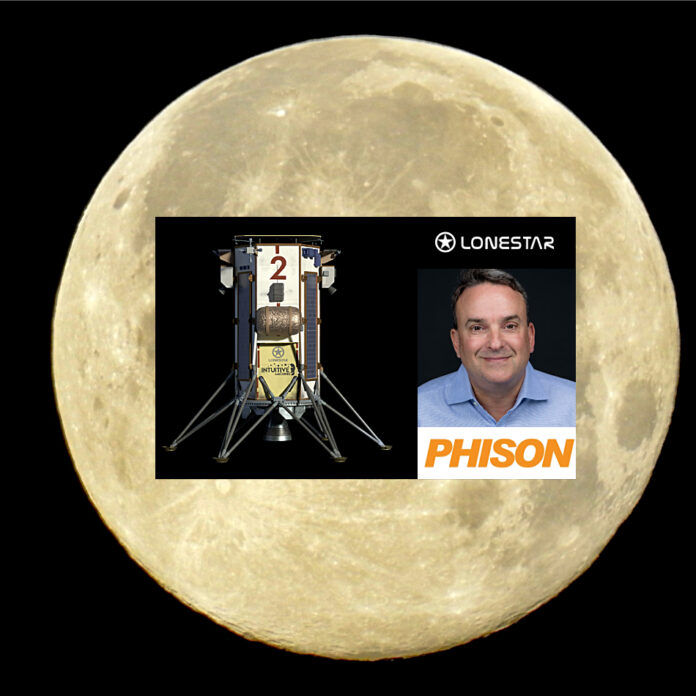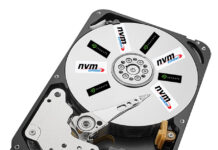Florida startup Lonestar Data Holdings wants to base disaster recovery (DR) services on the Moon and is testing a small server hardware setup on a forthcoming Intuitive Machines IM-2 commercial lunar landing mission.

The first Intuitive Machines lunar landing attempt with its IM-1 spacecraft was partially successful as the vehicle came to rest on its side, restricting its capabilities. But it did succeed in transferring data to and from the lunar surface. The IM-2 mission has an Athena landing vehicle and this will contain a Freedom IT unit, which Lonestar describes as “the first datacenter off planet and the first to the Moon.” As the “datacenter” actually consists of a microchip RISC-V processor running Ubuntu Linux with a Phison SSD, this might be considered overstated, but it’s a start. The IM-2 vehicle is set for launch atop a SpaceX rocket in a multi-day launch window opening on February 26.
Florida-based Lonestar was founded by Chris Stott, chairman and CEO, in 2018 to provide data services such as DR and Resilience-as-a-Service from the Moon. The thinking is that the Moon is immune to natural disasters that affect the Earth and so provides a safer data haven. Stott says on LinkedIn that he has been involved the space, satellite, and telecommunications area. Lonestar’s website, no stranger to enthusiasm, talks about launching a series of increasingly capable multi-petabyte data storage spacecraft to orbit the Moon.

The Freedom IT unit has a 3D-printed casing designed by BiG, an architecture and design group led by Danish architect Bjarke Ingels. The exterior is said to “reflect the silhouettes of NASA astronauts Charlie Duke (Apollo Moonwalker) and Nicole Stott (Space Station Space Walker).” It is somewhat unexpected that a small computer system in a lunar landing vehicle would have resources devoted to a casing that, once enclosed in the Athena vehicle and loaded into the SpaceX launch rocket, will never be seen again. Presumably Lonestar wants to capture people’s imagination with the idea.

It says the Freedom payload hosts a number of storage and edge processing customers, without providing details, and the capacity on this mission “is already sold out.”
Phison has previously had an 8 TB M.2 2280 SSD gain NASA Technology Readiness Level 6 (TRL-6) certification. It is partnering with SpaceBilt to send the world’s first 100-plus TB data storage and edge compute system, the Large in Space Server (LiSS) LiSS, to the International Space Station (ISS) later this year.
Comment
The concept of a lunar datacenter providing global DR services to organizations on Earth has merit as a way of avoiding terrestrial disasters, but there are several “buts.”
The datacenter’s physical infrastructure has to be transported to the Moon and installed and maintained there. However much Earth-to-Moon cargo carrying fees have declined, they – and the on-Moon construction and installation expenses – are likely still much more costly than building their equivalent on Earth.
Even if the Moon offers a safer environment than Earth, it has its own difficulties such as a very low temperature and no atmospheric defense against solar radiation and meteorites. By placing DR sites in remote underground coal mines or distributed sites across the Earth’s surface, the terrestrial risks can be mitigated, possibly rendering lunar DR unnecessary.








